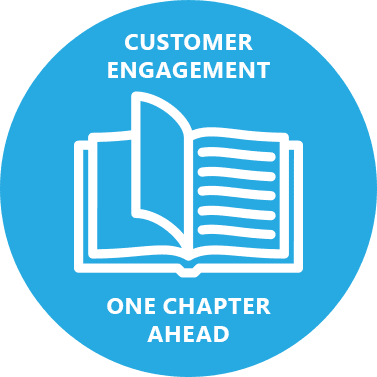Integrated Data + Hyper-local + Cross‑channel = Customer Engagement

The customer is changing
The landscape around life sciences is more competitive than ever, with a shorter runway to success and market dynamics (payer, competition, etc.) that are indisputably changing the role and level of influence at a customer level. These changes are happening at a hyper-local level, not just at a homogenous national level. And it is this shift in control and influence locally that causes complexity for pharma to identify, prioritize, reach and engage key customers. Personalized, customer-centric solutions enabled by integrated data, analytics and insights are core requirements for success.
Data/AIML are used to better understand customers and identify targets, uncover previously unseen audiences, prioritize the right treaters and deliver content based on specific needs. And the results can be substantial. In a recent case study, a rare disease client’s physician target list was reduced by a factor of 25 using AIML; the impact included more than twice the number of new patients starts in the year following the program’s introduction, as compared to the prior period.
How are life sciences customers changing?
Customers in life sciences have historically been siloed with minimal, disjointed channels for information. But today, they are no longer so siloed:
- Patients and caregivers have more information at their fingertips; interactions with life sciences brands are becoming similar to the types of behavior associated with consumer brands, as patients and caregivers shift the ways they engage with physicians on treatment choices, etc. It’s incredibly important that the right information is available and understood, in order to support informed discussions with physicians.
- HCPs have less time to meet face-to-face with representatives, so medical field team interactions and digital channels are more important than ever before in a post-COVID environment. Strategically communicating through a coordinated blend of digital and face-to-face channels is critical to meet the HCPs at their point of need for information.
What are the challenges life sciences organizations face as they strive to engage changing customers?
Trinity Customer Engagement experts work on dozens of client problems weekly in all therapeutic areas, regions and lifecycle stages. From this vantage point, we see patterns of challenges. First and foremost, disconnected data and functions in silos. A prime example is the silo between the Field team and Marketing—we have seen great outcomes from companies that treat the Field like a channel like digital, media, etc. Siloed functions like these create a lack of clarity around who owns data and how it should be integrated to support a cohesive strategy across the brand.
Additionally, there are more data vendors (resellers) than ever before as well as data generated via channel partners (1st party data) data. Developing a sound data strategy and data management roadmap is critical for implementing pan-channel solutions for effectively planning and optimizing customer engagement. We’ll cover this topic in more detail in an upcoming blog post.
How can we overcome these challenges?
Across hundreds of clients, best practice is communication and integration. It takes a village. The Customer Engagement model, rooted by the 5 C’s, requires commercial brand leads, marketers, technology, data and analytics teams to work together toward solutions for successful engagement. It takes a lot of coordination and interconnected systems for this strategy to come to fruition.
Connecting data across customer groups in different ways, like leveraging behavioral data with traditional sales and marketing data, requires a different approach. A recent trend we’ve noticed is the convergence of commercial teams (sales operations, marketing, market access, etc.) aligned to hyper-local segments to effectively engage with customers. To do this, we recommend starting with an approach that looks for meaningful connections by following the data and then determining how best to action and operationalize. It’s likely that a pivot from a national, one-size-fits-all approach to a more hyper-local, agile approach will necessitate much more cross-functional collaboration.
Author: Kevin Francis

This blog is part of the One Chapter Ahead blog series, a Customer Engagement-focused thought leadership initiative to bring an informed, inspired point of view. Our intent is to bring a fresh perspective, driven by data, benchmarks, insights and expertise.
Other blog posts in this series:
- What Does “Good” Look Like in Customer Engagement?
- Get Ready to Orchestrate a Better Customer Experience
- Foundational Differentiation: CE Requires Efficient Operationalization of Data
- Is Medical Omnichannel Poised for Growth?
- Are Pharma Brands Really Transformational?
- Culture and Collaboration: Keys to Customer Engagement Success
- Medical Affairs Customer Engagement: What’s Next?
- The Evolution of CRM in Life Sciences: Navigating the Split
- Navigating the CRM Split: Generating Buy‑In